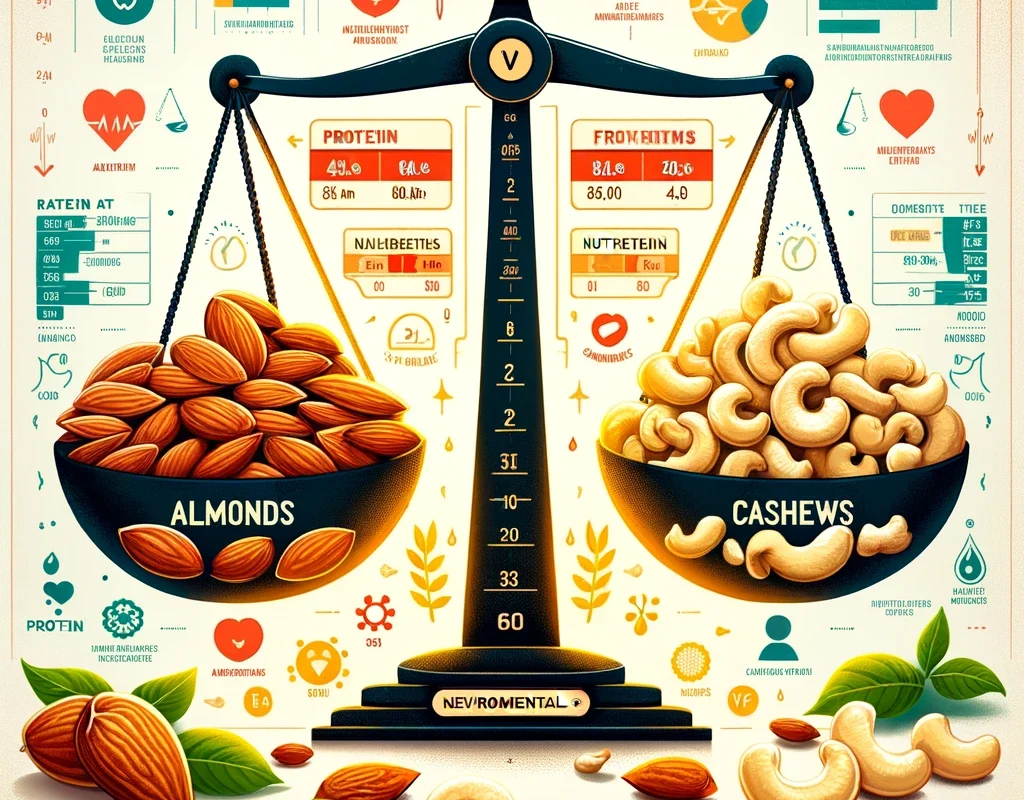Nuts are a cornerstone of the superfood category, and among these, hazelnuts stand out for their exceptional taste and remarkable health benefits. Gaining popularity for their nutritional richness, hazelnuts are an ideal addition to the diet of anyone looking to improve their health. This guide explores the extensive benefits of hazelnuts, from their nutrient-dense profile to their positive effects on heart health and their role in weight management. For both health enthusiasts and those new to nutritious eating, learning about the advantages of hazelnuts can be a game-changer for your dietary habits.
Unveiling the Nutritional Power of Hazelnuts
Hazelnuts exemplify the principle that great things often come in small packages. Packed with vital nutrients such as Vitamin E, healthy fats, proteins, and dietary fibers, hazelnuts are a nutritional treasure trove. They are abundant in magnesium, calcium, and vitamins B and E, making them an integral part of a nutrient-rich diet. The antioxidants in hazelnuts not only support the body’s defense system but also aid in maintaining skin health, establishing them as a premium choice for anyone seeking to enhance their diet with nutritious food.
Boosting Heart Health with Hazelnuts
With cardiovascular disease being a leading concern globally, adding hazelnuts to your diet could offer a delicious way to fight back. The monounsaturated fats in hazelnuts are crucial for lowering harmful cholesterol levels and improving the health of heart arteries. Additionally, hazelnuts contain magnesium, which helps control blood pressure, and Vitamin E and other antioxidants that protect against oxidative stress leading to heart disease. Research supports the consumption of nuts, including hazelnuts, for a lower risk of cardiovascular diseases, highlighting their importance in a heart-healthy diet.
Hazelnuts: A Secret Weapon for Weight Management
Despite their caloric density, hazelnuts are a boon for weight management. Their rich fiber and protein content promote satiety, helping to reduce total calorie intake by keeping hunger at bay. Hazelnuts make for a fulfilling snack, preventing the temptation to overeat and supporting sustained energy levels thanks to their healthy fats. By incorporating hazelnuts into your diet, you enjoy not just their delightful taste but also leverage their natural, nutrient-dense properties to support your weight management efforts.
Enhancing Skin Health with the Antioxidant Richness of Hazelnuts
Hazelnuts don’t just stop at improving your internal health; they also offer benefits that radiate outward, enhancing your skin’s health and appearance. The high levels of Vitamin E and antioxidants in hazelnuts are pivotal in protecting skin cells from oxidative damage caused by free radicals and environmental stressors. Regular consumption of hazelnuts can contribute to maintaining skin elasticity, reducing the appearance of wrinkles, and giving your skin a more youthful, vibrant glow. Integrating hazelnuts into your daily diet could be the step you need to complement your skincare routine with a natural, nutritional boost.
Supporting Brain Health with Nutrient-Rich Hazelnuts
The benefits of hazelnuts extend to the brain, offering nutritional support that can enhance cognitive function and mental clarity. Hazelnuts are rich in Vitamin E, healthy fats, and other essential nutrients that play a critical role in brain health. These components help in protecting brain cells from oxidative stress and improving memory and cognitive functions. For individuals looking to support their brain health naturally, hazelnuts present a delicious and effective solution. Including hazelnuts in your diet is not only a treat for your taste buds but also a boon for your brain’s wellbeing.
The Anti-Inflammatory Effects of Hazelnuts
Chronic inflammation is a root cause of many health issues, but the good news is that hazelnuts contain properties that can help combat inflammation. The monounsaturated fats, antioxidants, and other compounds found in hazelnuts have been shown to possess anti-inflammatory effects. By incorporating hazelnuts into your diet, you could potentially reduce inflammation and lower the risk of chronic diseases, making hazelnuts a valuable addition to a health-conscious diet.
Incorporating Hazelnuts into Your Diet: Practical Tips and Ideas
Adding hazelnuts to your diet is surprisingly easy and can be deliciously rewarding. From sprinkling chopped hazelnuts over salads for a crunchy texture to blending them into smoothies for a nutty flavor, the versatility of hazelnuts makes them easy to include in your daily meals. You can also enjoy them as a snack, either raw or roasted, to take advantage of their health benefits. For those with a sweet tooth, incorporating hazelnuts into baked goods or homemade granola adds both flavor and nutritional value to your treats. With these simple yet effective ideas, making hazelnuts a part of your diet can be both enjoyable and beneficial for your health.




